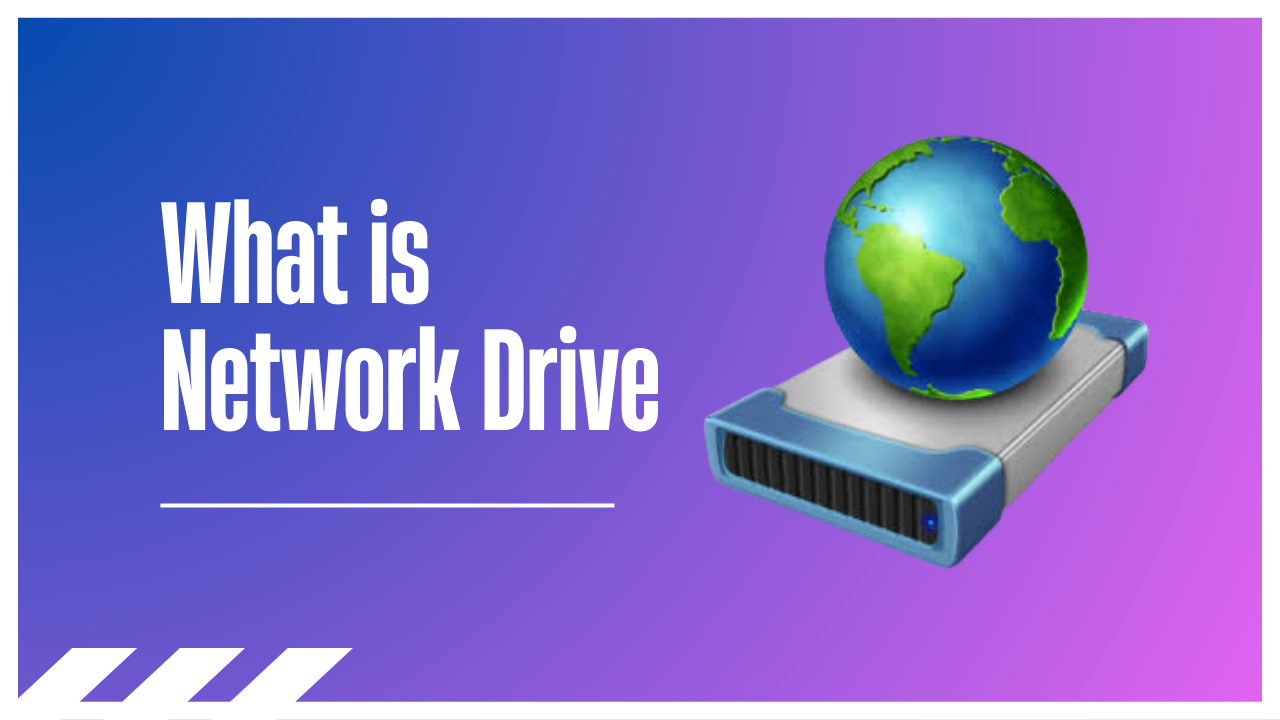What is Network Drive

What is Network Drive: Exploring the Power of Network Drive
In today’s interconnected world, where data sharing and collaboration are essential for businesses and individuals alike, network drives have become a crucial component of efficient and seamless file management. Whether you’re a professional working in a team or an individual seeking a centralized storage solution, network drives offer a host of benefits while also posing a few challenges. In this blog post, we’ll delve into the concept of network drives, What is Network Drive, discuss their advantages, and explore some potential disadvantages.
What is a Network Drive?
A network drive, also known as a shared drive or network-attached storage (NAS), is a storage space that is accessible to multiple users over a network. It is typically located on a file server, which can be a dedicated hardware device or a software-based solution. Users can connect to the network drive and access, store, or share files, fostering collaboration and ensuring data consistency across a network.

Advantages of Network Drives:
- Centralized File Storage: Network drives provide a central repository for files, eliminating the need for multiple copies stored on individual devices. This ensures data integrity and makes it easier to manage and back up files.
- Enhanced Collaboration: By utilizing network drives, team members can access and edit shared files simultaneously, promoting real-time collaboration. This feature is particularly valuable for remote teams or organizations with geographically dispersed offices.
- Easy File Sharing: Network drives simplify file sharing by allowing users to grant specific permissions and access rights to individual files or folders. This flexibility ensures that the right people have the necessary level of access, enhancing productivity and information flow.
- Increased Data Security: Network drives offer enhanced data security compared to local storage. They can be configured with access controls, encryption, and backup systems, providing a secure environment for sensitive or confidential information.
- Scalability: Network drives can accommodate growing storage needs, making them suitable for small businesses and enterprises alike. Additional storage capacity can be added as required, ensuring seamless expansion without major disruptions.
Disadvantages of Network Drives:
- Network Dependency: Since network drives rely on network connectivity, any disruptions or slowdowns in the network can affect file access and performance. Offline access may not be possible, limiting productivity in situations where internet access is unavailable.
- Potential Latency: When accessing files over a network, there can be a slight delay compared to local storage. This latency can be noticeable when working with large files or in environments with limited bandwidth.
- Maintenance and Management: Setting up and maintaining a network drive infrastructure requires technical expertise and ongoing management. Regular updates, security patches, and troubleshooting may be necessary, which can add to the overall complexity and cost.
- Vulnerability to Data Loss: Although network drives offer improved data security, they are not immune to risks such as hardware failures, malware attacks, or accidental deletion. Adequate backup and disaster recovery measures must be implemented to mitigate these risks effectively.
- Cost Considerations: Depending on the scale and requirements of the network drive, there may be initial setup costs, including hardware, software licenses, and IT infrastructure. Additionally, ongoing maintenance and storage expansion may incur additional expenses.
Conclusion:
Network drives are invaluable tools for modern file management and collaboration, offering centralized storage, seamless sharing, and enhanced data security. While they provide numerous advantages such as increased productivity and streamlined workflows, it is important to be aware of their potential disadvantages, including network dependency, maintenance complexity, and associated costs. By understanding these pros and cons, businesses and individuals can make informed decisions about implementing network drives to optimize their file management processes and improve collaboration within their networks.
Learn More;


0 Comments